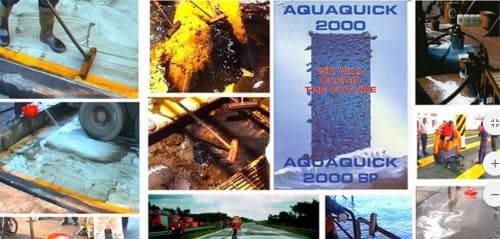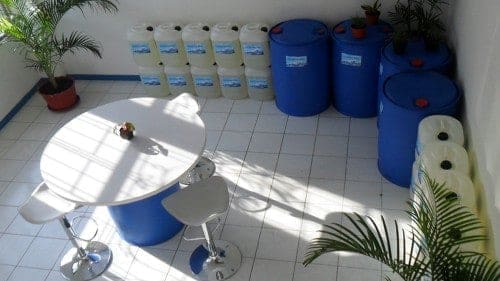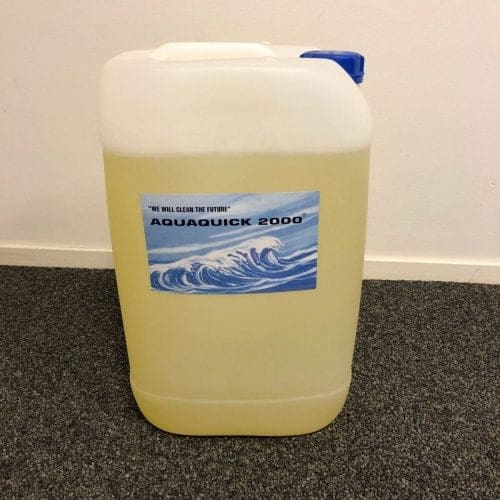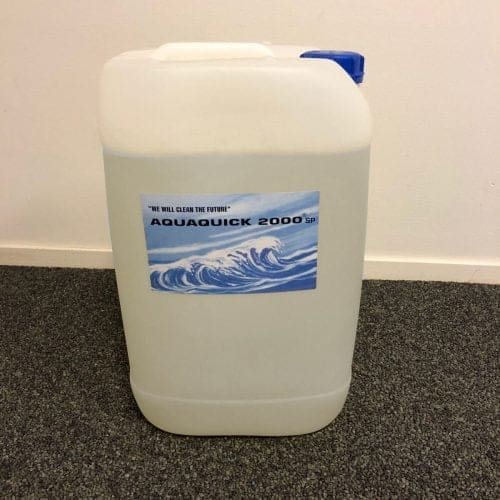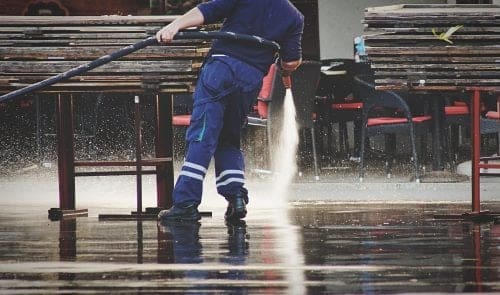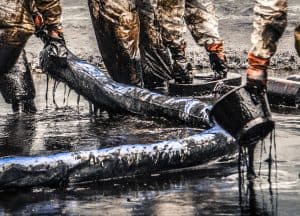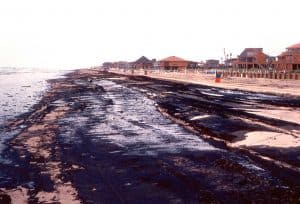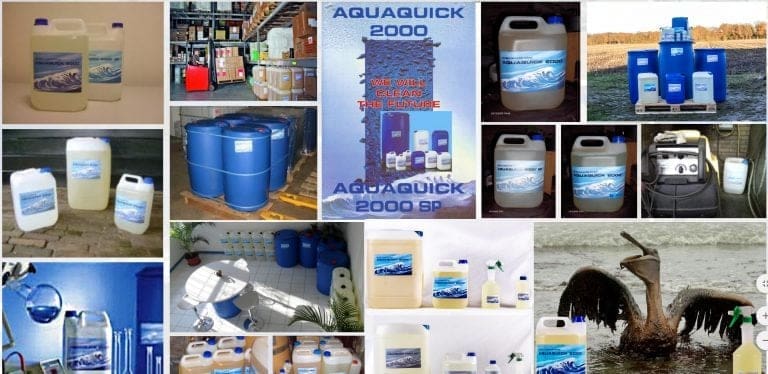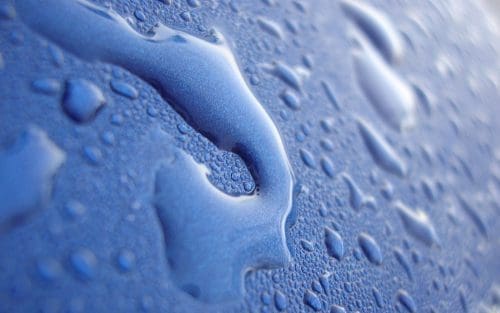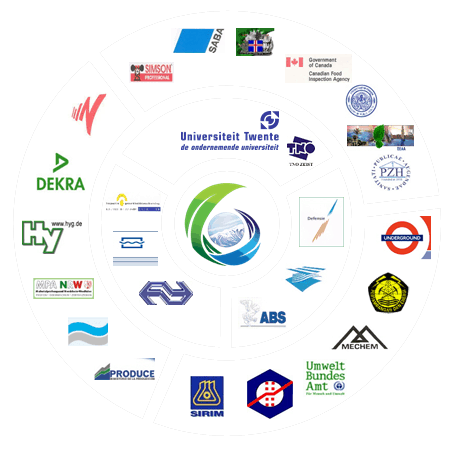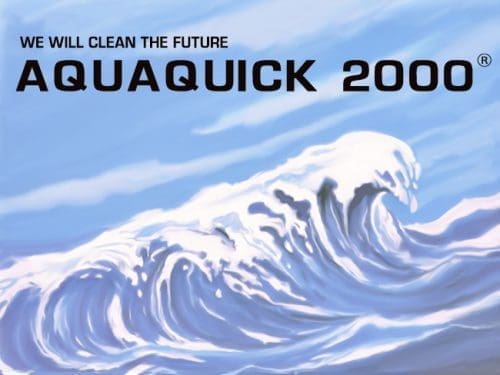Procesul de degazare este crucial în diverse industrii pentru a asigura calitatea produselor și eficiența operațională. Această procedură poate fi îmbunătățită în mod semnificativ folosind AQUAQUICK 2000, un degresant biodegradabil versatil și sigur pentru mediu. În acest articol, vom aprofunda eficiența degazării cu ultrasunete și vom elucida de ce degresantul biodegradabil AQUAQUICK 2000 se remarcă ca fiind alegerea preferată pentru această aplicație. Vom explora știința din spatele degazării cu ultrasunete, rolul degresantului biodegradabil AQUAQUICK 2000 și aplicațiile sale în diferite industrii.
Importanța degresantului biodegradabil
Degazarea este procesul de eliminare a gazelor dizolvate sau a bulelor de gaz în suspensie din lichide precum degresantul biodegradabil. Această procedură este esențială într-o gamă largă de industrii, inclusiv cea farmaceutică, alimente și băuturi, petrol și gaze și polimeri. Prezența bulelor de gaz poate cauza inexactități în măsurători, poate afecta calitatea produselor și poate duce la ineficiențe operaționale.
Principalele aplicații ale degresantului biodegradabil
- Pregătirea probei: Degazarea asigură acuratețea măsurătorilor dimensiunii particulelor prin eliminarea erorilor cauzate de bulele de gaz. Acest lucru este deosebit de important în cercetarea științifică și în procesele de control al calității. Măsurătorile exacte sunt cruciale în cercetare și dezvoltare, precum și în producție, unde precizia poate avea un impact asupra calității generale a produsului.
- Degazarea uleiului și a lubrifiantului: Îndepărtarea gazelor din uleiuri și lubrifianți reduce uzura pompelor cauzată de cavitație, sporind longevitatea și eficiența sistemelor mecanice. Cavitația poate provoca daune semnificative componentelor pompei, ducând la creșterea costurilor de întreținere și la posibile defecțiuni ale sistemului.
- Prelucrarea alimentelor lichide: În produse precum vinul, sucul și sosurile, degazarea inhibă dezvoltarea microbiană, prelungind astfel termenul de valabilitate și menținând calitatea produsului. Creșterea microbiană poate deteriora produsele alimentare, ducând la risipă și pierderi financiare. Degazarea eficientă asigură faptul că aceste produse rămân sigure pentru consum pe o perioadă mai lungă.
- Polimeri și lacuri: Degazarea este esențială pentru procesele de întărire și aplicare, asigurând calitatea și longevitatea produsului final. Bulele de aer din polimeri și lacuri pot genera defecte, afectând aspectul și durabilitatea produsului finit.
Degazare cu ultrasunete: Un salt tehnologic privind degresanții biodegradabili
Degazarea prin ultrasonare este o metodă de ultimă generație care utilizează undele sonore pentru a elimina eficient bulele de gaz în suspensie și pentru a reduce nivelul gazelor dizolvate. Degazarea cu ultrasunete oferă mai multe avantaje față de metodele tradiționale, cum ar fi filtrarea, evacuarea heliului și degazarea în vid.
Cum funcționează degazarea cu ultrasunete?
Degazarea cu ultrasunete implică utilizarea undelor sonore de înaltă frecvență pentru a crea cicluri alternante de înaltă și joasă presiune într-un lichid. În timpul ciclurilor de joasă presiune, se formează bule de vid, care apoi se prăbușesc în timpul ciclurilor de înaltă presiune. Acest proces, cunoscut sub numele de cavitație, crește suprafața de absorbție a gazului, accelerează creșterea bulelor și facilitează eliberarea gazului blocat la suprafață.
Beneficiile degazării cu ultrasunete
- Eficiență: Degazarea cu ultrasunete este foarte eficientă la eliminarea gazelor, reducând timpul și energia necesare în comparație cu metodele tradiționale. Această eficiență se traduce prin reducerea costurilor operaționale și creșterea productivității.
- Precizie: Metoda permite controlul precis al procesului de degazare, asigurând rezultate constante. Precizia este esențială în industriile în care chiar și abaterile minore pot afecta calitatea sau siguranța produselor.
- Versatilitate: Degazarea cu ultrasunete poate fi aplicată la o gamă largă de lichide, ceea ce o face potrivită pentru diverse aplicații industriale. Această versatilitate înseamnă că o singură metodă de degazare poate fi utilizată în cadrul mai multor procese, simplificând operațiunile și reducând nevoia de sisteme multiple.
Degresant biodegradabil AQUAQUICK 2000: Creșterea eficienței degazării
AQUAQUICK 2000 este un degresant biodegradabil unic care sporește semnificativ eficiența procesului de degazare cu ultrasunete. Formula sa inovatoare nu numai că ajută la degazare, dar oferă și beneficii pentru mediu, fiind alegerea ideală pentru industrii căutarea de soluții durabile.
Principalele caracteristici ale degresantului biodegradabil AQUAQUICK 2000
- Biodegradabilitate: AQUAQUICK 2000 este ecologic, descompunându-se în componente non-toxice care nu dăunează ecosistemului. Acest lucru îl face o alegere responsabilă pentru industriile care doresc să își reducă la minimum amprenta asupra mediului.
- Capacitate mare de absorbție: Produsul are o capacitate de absorbție cu 25% mai mare comparativ cu absorbanții convenționali, asigurând o degazare mai eficientă. Această rată mare de absorbție înseamnă că este nevoie de mai puțin produs pentru a obține rezultatele dorite, ceea ce îl face o soluție rentabilă.
- Îmbunătățit de microbi: AQUAQUICK 2000 este îmbunătățit cu microbi pentru a bioremedia anumiți poluanți, oferind o funcție dublă de degazare și eliminare a poluanților. Această caracteristică adaugă un nivel suplimentar de protecție a mediului, abordând atât problemele de contaminare imediate, cât și pe termen lung.
Aplicație în degazare
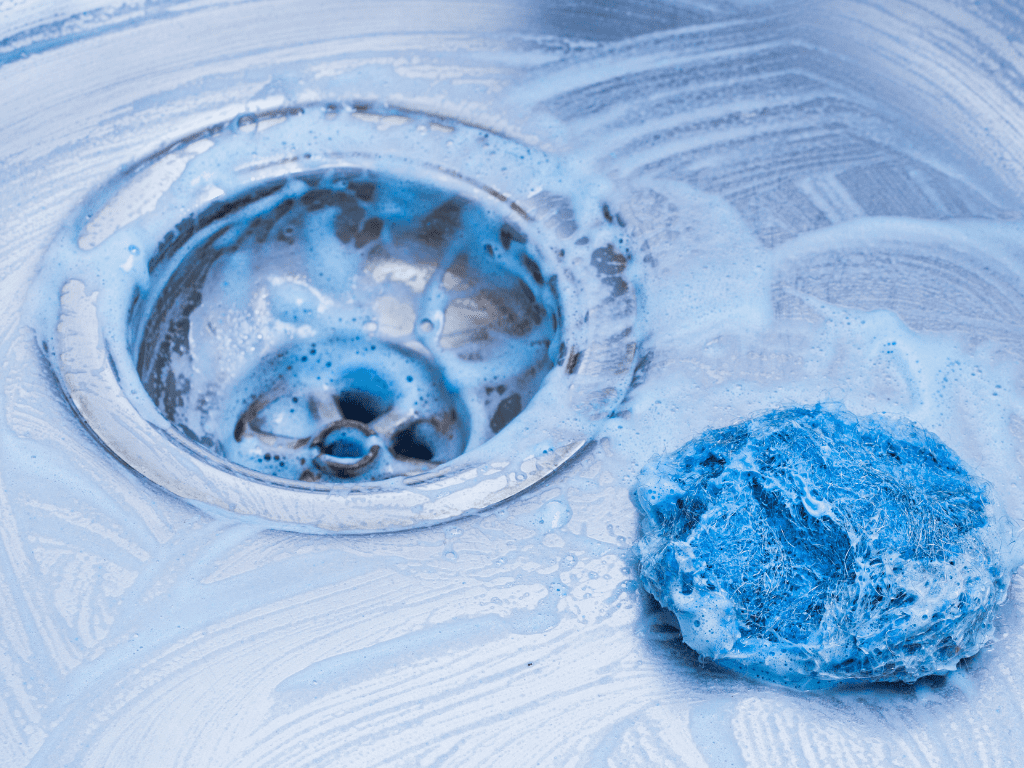
AQUAQUICK 2000 poate fi integrat fără probleme în diferite procese de degazare, inclusiv:
- Integrarea sistemului de aspersoare: AQUAQUICK 2000 poate fi aplicat prin intermediul unui sistem de aspersoare în etapele de pre-spălare, pregătind eficient zona pentru degazare. Această metodă asigură distribuirea uniformă a degresantului, optimizând procesul de pregătire.
- Degazare în vid: Produsul funcționează excepțional de bine cu tehnicile de degazare în vid, eliminând peste 95% de gaze dizolvate. Această eficiență ridicată reduce nevoia de mai multe etape de degazare, eficientizând procesul.
Știința sonicării în degresantul biodegradabil
Sonicația, sau degazarea cu ultrasunete, se bazează pe undele sonore pentru a facilita eliminarea gazelor din degresantul biodegradabil. Procesul implică crearea unor cicluri de presiune înaltă și joasă care conduc la formarea și prăbușirea bulelor de vid. Acest fenomen, cunoscut sub numele de cavitare, îmbunătățește procesul de degazare prin creșterea suprafeței de absorbție a gazelor și accelerarea creșterii bulelor folosind degresant biodegradabil .
Optimizarea procesului de degazare
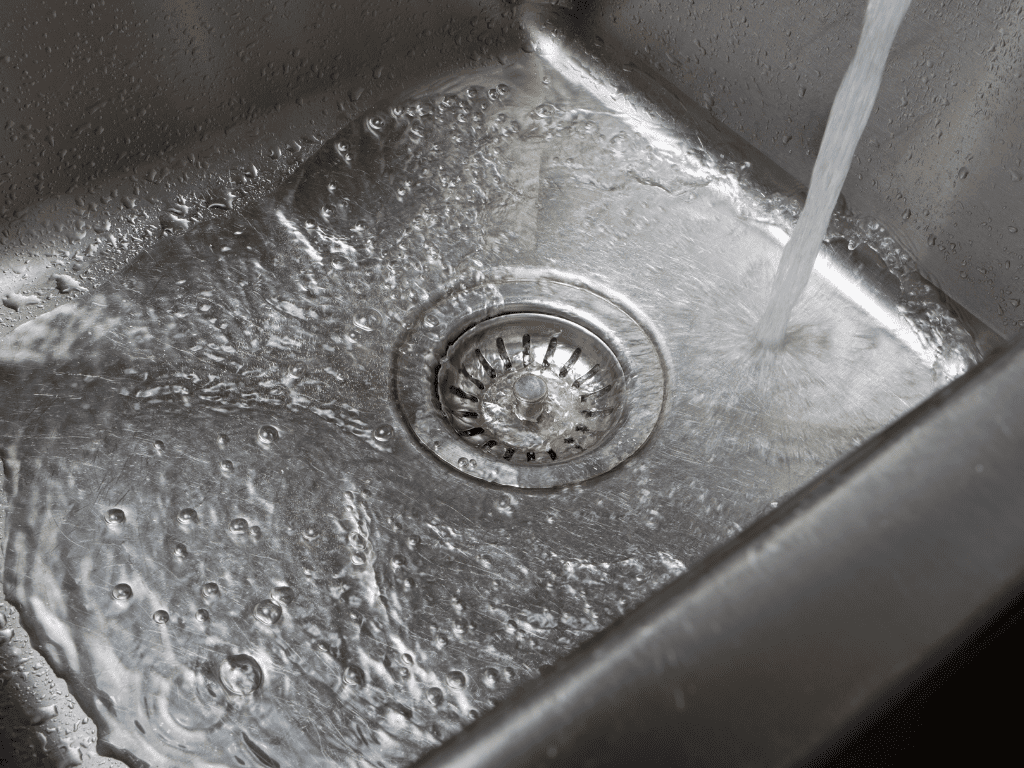
Pentru a maximiza eficiența degazării cu ultrasunete, următoarele considerente sunt esențiale:
- Minimizarea agitației turbulente: Reducerea turbulențelor previne reintroducerea gazului în lichid, asigurând o degazare eficientă prin utilizarea unui degresant biodegradabil. Turbulențele pot provoca spargerea bulelor și dizolvarea lor înapoi în lichid, contracarând eforturile de degazare.
- Utilizați recipiente puțin adânci: Containerele puțin adânci facilitează o propagare mai bună a undelor sonore, îmbunătățind procesul de degazare. Recipientele mai adânci pot provoca disiparea undelor sonore, reducându-le eficiența.
- Se încălzește lichidul: Încălzirea degresantului biodegradabil scade solubilitatea gazelor, facilitând eliminarea gazelor dizolvate. Degresantul biodegradabil încălzit permite gazelor să iasă mai ușor, îmbunătățind eficiența procesului de degazare.
- Creați un vid deasupra lichidului: Crearea unui vid deasupra lichidului facilitează evacuarea gazelor, îmbunătățind eficiența degazării. Un mediu de vid reduce presiunea deasupra lichidului, încurajând gazele să se deplaseze din zonele de înaltă presiune din lichid către vidul de presiune mai scăzută.
- Utilizați sonotrozi cu suprafețe mari: Sonotrozii cu suprafețe mari asigură o transmisie mai bună a undelor, optimizând formarea bulelor și eliberarea gazelor. Sonotrodurile mai mari pot genera unde sonore mai puternice, sporind eficiența generală a procesului.
- Aplicați amplitudini mici până la moderate: Aplicarea unor amplitudini mici până la moderate asigură formarea optimă a bulelor și degazarea eficientă fără a provoca turbulențe excesive. Amplitudinile mari pot crea prea multă agitație, reintroducând gaze în lichid.
Degresant biodegradabil AQUAQUICK 2000 în curățarea rezervoarelor
AQUAQUICK 2000's se extinde la aplicațiile de curățare a rezervoarelor. Eficacitatea sa dovedită în degazare îl face un instrument neprețuit în pregătirea proceselor de curățare a rezervoarelor. Numeroasele implementări de succes în proiecte de curățare a rezervoarelor atestă eficacitatea și confortul său.
Avantajele utilizării degresantului biodegradabil AQUAQUICK 2000 la curățarea rezervoarelor
- Eficiență de curățare îmbunătățită: Degresantul biodegradabil AQUAQUICK 2000 îmbunătățește procesul de curățare prin eliminarea eficientă a gazelor și poluanților din rezervoare, asigurând o curățare completă. Curățarea eficientă a rezervoarelor este esențială pentru menținerea integrității și siguranței sistemelor de depozitare.
- Siguranța mediului: Fiind biodegradabil, degresantul biodegradabil AQUAQUICK 2000 este sigur pentru mediu, reducând impactul ecologic al operațiunilor de curățare a rezervoarelor. Agenții de curățare tradiționali pot lăsa reziduuri dăunătoare, dar AQUAQUICK 2000 se descompune în componente inofensive.
- Rentabil: Capacitatea mare de absorbție și eficiența AQUAQUICK 2000 reduc timpul și resursele necesare pentru curățarea rezervoarelor, fiind o soluție rentabilă. Curățarea eficientă reduce timpii morți și costurile de întreținere, îmbunătățind eficiența operațională generală.
Formulare non-toxică
Un alt aspect critic care contribuie la siguranța sa pentru mediu este formularea sa non-toxică. Agenții de curățare tradiționali conțin adesea substanțe toxice care se pot scurge în sol, în cursurile de apă și pot afecta viața sălbatică. În schimb, degresantul biodegradabil AQUAQUICK 2000 este conceput pentru a fi netoxic, prezentând un risc minim pentru viața acvatică, plante și animale. Această caracteristică îl face potrivit pentru a fi utilizat în zone de mediu sensibile, fără a compromite biodiversitatea sau sănătatea ecosistemului.
Zero reziduuri nocive
Degresantul biodegradabil AQUAQUICK 2000 nu lasă reziduuri dăunătoare după utilizare. Acest atribut este deosebit de important în industriile în care acumularea reziduurilor poate duce la contaminarea mediului pe termen lung. Prin descompunerea în substanțe inofensive, degresantul biodegradabil AQUAQUICK 2000 asigură că reziduurile de după aplicare nu prezintă riscuri pentru fertilitatea solului, calitatea apei sau sănătatea umană, aliniindu-se practicilor durabile de gestionare a deșeurilor.
Aplicații în toate industriile
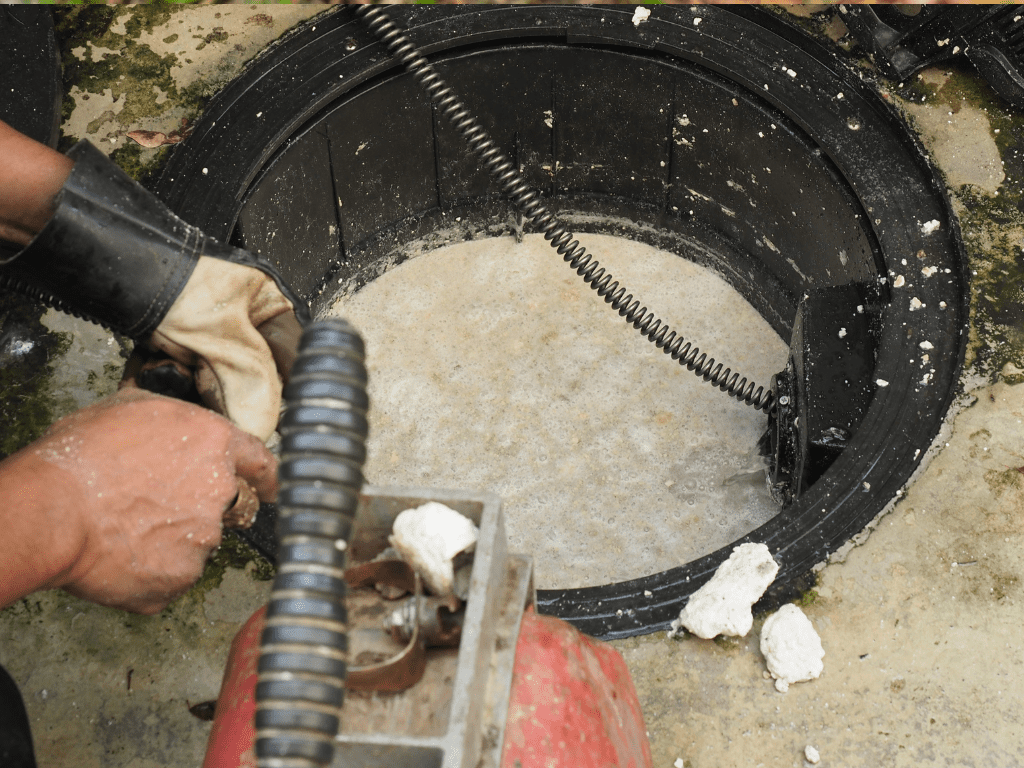
1. Industria petrolului și gazelor
În sectorul de petrol și gaze, AQUAQUICK 2000 joacă un rol crucial în operațiunile de degazare și curățare. Capacitatea sa de a îndepărta eficient contaminanții și hidrocarburile de pe suprafețe și echipamente, fără a lăsa în urmă reziduuri toxice, îl transformă într-o alegere ideală pentru menținerea conformității de mediu în zonele de foraj, rafinării și instalații de depozitare.
2. Fabricarea și producția
Unitățile de producție utilizează AQUAQUICK 2000 pentru curățarea și degresarea utilajelor, uneltelor și liniilor de producție. Formula sa sigură pentru mediu asigură că procesele industriale rămân durabile, minimizând impactul asupra mediului și îmbunătățind în același timp eficiența operațională.
3. Prelucrarea alimentelor
AQUAQUICK 2000 este utilizat pe scară largă în fabricile de prelucrare a alimentelor pentru a curăța echipamentele, podelele și zonele de prelucrare. Natura sa non-toxică și biodegradabilitatea îl fac potrivit pentru menținerea standardelor de igienă fără a compromite siguranța alimentară sau contaminarea produselor alimentare.
4. Marine și Offshore
În industriile marine și offshore, unde sensibilitatea față de mediu este primordială, AQUAQUICK 2000 oferă o soluție eficientă pentru curățarea navelor, docurilor și platformelor offshore. Proprietățile sale biodegradabile asigură conformitatea cu reglementările privind mediul maritim, protejând ecosistemele marine și biodiversitatea.
Certificări de mediu și conformitate
AQUAQUICK 2000 deține certificări și respectă standardele de reglementare care atestă siguranța și eficacitatea sa pentru mediu. Aceste certificări includ aprobări din partea agențiilor și organizațiilor de mediu care validează performanța sa în ceea ce privește minimizarea impactului asupra mediului în diverse aplicații.
Certificările de mediu și conformitatea sunt aspecte cruciale care validează siguranța și eficacitatea pentru mediu a produselor precum AQUAQUICK 2000. Aceste certificări oferă industriilor, autorităților de reglementare și consumatorilor garanția că produsul respectă standardele și reglementările stricte de mediu. Iată o explorare detaliată a certificărilor de mediu și a conformității în ceea ce privește AQUAQUICK 2000:
Importanța certificărilor de mediu
Certificatele de mediu servesc mai multor scopuri importante:
- Validarea declarațiilor de mediu: Certificările validează afirmațiile făcute de producători cu privire la caracteristicile de mediu ale produselor lor. Pentru AQUAQUICK 2000, certificările confirmă biodegradabilitatea, formularea non-toxică și impactul minim asupra mediului.
- Respectarea reglementărilor: Certificările asigură că produsele respectă reglementările de mediu locale, naționale și internaționale. Acestea demonstrează că AQUAQUICK 2000 îndeplinește sau depășește cerințele de reglementare pentru siguranța și durabilitatea mediului.
- Încrederea consumatorilor: Certificatele creează încredere în rândul consumatorilor, întreprinderilor și agențiilor de reglementare. Acestea oferă garanția că AQUAQUICK 2000 a fost supus unor teste și evaluări riguroase pentru a confirma acreditările sale de mediu.
Certificări cheie de mediu pentru AQUAQUICK 2000
1. Certificări de biodegradabilitate
Certificatele de biodegradabilitate verifică faptul că AQUAQUICK 2000 se descompune în componente non-toxice prin procese naturale într-un interval de timp specificat. Standardele comune de biodegradabilitate includ:
- OCDE 301: Testează biodegradabilitatea substanțelor în condiții aerobe pe o perioadă de câteva săptămâni.
- ISO 7827: Evaluează biodegradabilitatea aerobă finală a substanțelor în mediul acvatic.
Aceste certificări confirmă că AQUAQUICK 2000 prezintă un risc minim pentru ecosisteme după utilizare, aliniindu-se practicilor durabile de gestionare a deșeurilor.
2. Certificări de netoxicitate și siguranță
Certificatele referitoare la non-toxicitate asigură faptul că AQUAQUICK 2000 nu conține substanțe dăunătoare sănătății umane sau mediului. Aceste certificări includ:
- Conformitate REACH: Asigură conformitatea cu reglementările Uniunii Europene privind înregistrarea, evaluarea, autorizarea și restricționarea substanțelor chimice (REACH), care evaluează riscurile prezentate de substanțele chimice și promovează utilizarea lor în siguranță.
- EPA Safer Choice: Recunoaște produsele care îndeplinesc criterii stricte de sănătate umană și de mediu stabilite de Agenția pentru Protecția Mediului din SUA (EPA).
Aceste certificări validează faptul că AQUAQUICK 2000 poate fi utilizat în siguranță în diverse medii industriale și de mediu, fără efecte adverse.
3. Sisteme de management de mediu (EMS)
Unele certificări se concentrează pe practicile generale de management de mediu ale producătorului, asigurând alinierea proceselor la principiile sustenabilității. Exemplele includ:
- ISO 14001: Certifică faptul că producătorul a implementat un sistem eficient de management de mediu pentru a minimiza impactul asupra mediului și pentru a respecta reglementările.
- Etichete ecologice: Recunoaște produsele care îndeplinesc criterii specifice de performanță de mediu, cum ar fi eficiența energetică, conservarea resurselor și reducerea emisiilor.
Certificări precum ISO 14001 demonstrează angajamentul producătorului față de protecția mediului pe tot parcursul ciclului de viață al produsului.
Conformitatea cu standardele de reglementare
În plus față de certificări, respectarea standardelor de reglementare este esențială pentru AQUAQUICK 2000:
- Reglementări de mediu: AQUAQUICK 2000 respectă reglementările de mediu locale, naționale și internaționale care reglementează utilizarea și eliminarea agenților de curățare și a degresanților. Această conformitate garantează că produsul nu contribuie la poluarea mediului și nu dăunează ecosistemelor naturale.
- Fișe cu date de securitate (FDS): Furnizarea de informații detaliate cu privire la compoziția, manipularea în condiții de siguranță și eliminarea AQUAQUICK 2000, asigurându-se că utilizatorii pot gestiona produsul în condiții de siguranță pe tot parcursul ciclului său de viață.
Beneficiile certificărilor de mediu pentru AQUAQUICK 2000
- Accesul pe piață: Certificările facilitează accesul pe piață prin demonstrarea conformității cu cerințele de reglementare în diferite regiuni și piețe din întreaga lume.
- Reducerea riscurilor: Certificările reduc riscul de neconformitate și eventualele răspunderi juridice asociate cu daunele aduse mediului de agenții de curățare.
- Leadership de mediu: Prin obținerea certificărilor, producătorii de AQUAQUICK 2000 demonstrează că sunt lideri în domeniul protecției mediului și că se angajează să aplice practici durabile, sporindu-și reputația și valoarea mărcii.
Practici durabile și responsabilitate corporativă
Prin alegerea AQUAQUICK 2000, industriile își demonstrează angajamentul față de practicile durabile și responsabilitatea corporativă. Capacitatea produsului de a oferi rezultate de curățare de înaltă performanță, protejând în același timp sănătatea mediului, se aliniază obiectivelor și inițiativelor globale de durabilitate care vizează reducerea amprentei de carbon industriale și promovarea tehnologiilor ecologice.
AQUAQUICK 2000 este o dovadă a inovației în domeniul soluțiilor de curățare sigure pentru mediu. Formula sa biodegradabilă, proprietățile sale non-toxice și performanțele sale eficiente în diverse sectoare industriale subliniază rolul său de alegere preferată pentru companiile preocupate de mediu. Prin integrarea AQUAQUICK 2000 în operațiunile lor, industriile nu numai că îmbunătățesc eficiența operațională și conformitatea, dar contribuie și la un mediu mai curat și mai sănătos pentru generațiile prezente și viitoare.
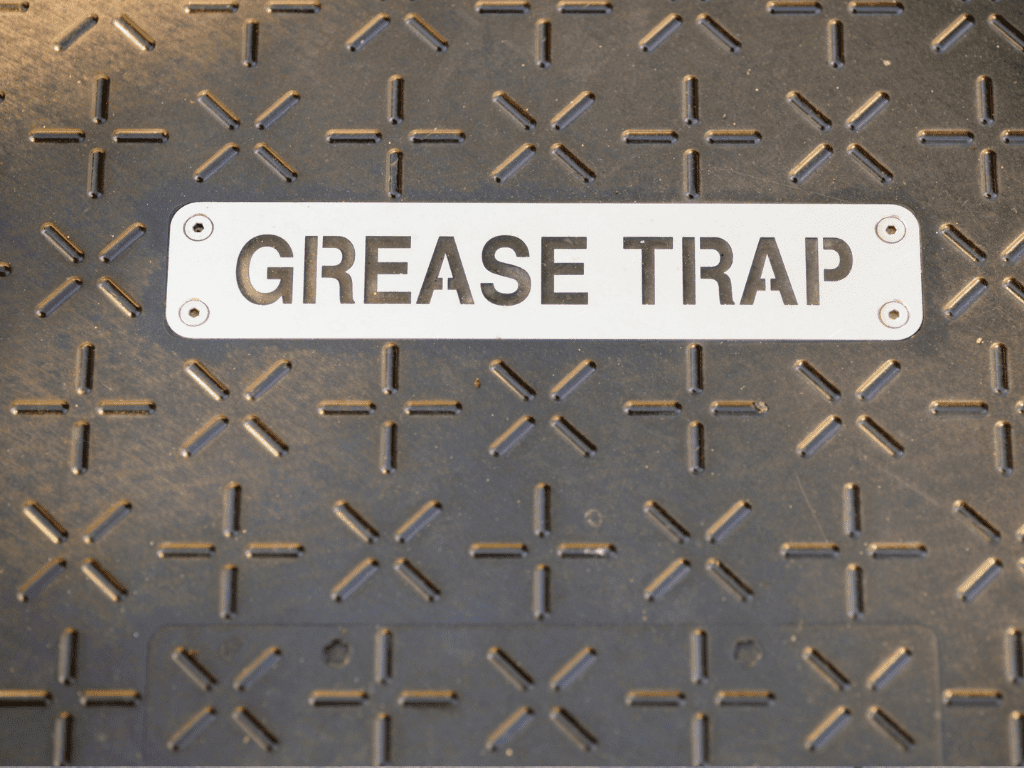
Adoptarea AQUAQUICK 2000 reprezintă un pas proactiv către practici industriale durabile, în care siguranța mediului și performanța merg mână în mână. Pe măsură ce industriile continuă să acorde prioritate protejării mediului, soluții precum AQUAQUICK 2000 deschid calea către un viitor mai ecologic și mai durabil.
Integrarea AQUAQUICK 2000 în procesul de degazare nu numai că simplifică operațiunea, dar asigură și rezultate superioare. Compatibilitatea sa cu diferite metode de degazare, împreună cu siguranța și eficacitatea sa ecologică, fac din AQUAQUICK 2000 soluția de referință pentru industriile care caută soluții de degazare eficiente și convenabile. Versatilitatea produsului și rezultatele dovedite în îmbunătățirea proceselor de degazare subliniază statutul său de alegere numărul unu pe piață.
Concluzie: Alegerea superioară pentru degazare
În concluzie, procesul de degazare este vital pentru menținerea calității produselor și a eficienței operaționale în diverse industrii. Degazarea cu ultrasunete a apărut ca o metodă de ultimă oră, oferind avantaje semnificative față de tehnicile tradiționale. Utilizarea AQUAQUICK 2000, un degresant biodegradabil, sporește și mai mult eficiența și eficacitatea procesului de degazare. Formula sa unică, capacitatea ridicată de absorbție și beneficiile pentru mediu îl fac un instrument indispensabil pentru industriile care doresc să își optimizeze operațiunile de degazare.
Prin integrarea AQUAQUICK 2000 în procesele de degazare, industriile pot obține rezultate superioare, promovând în același timp durabilitatea mediului. Fie că este vorba de pregătirea probelor, degazarea uleiurilor și lubrifianților, procesarea alimentelor lichide sau curățarea rezervoarelor, AQUAQUICK 2000 se remarcă ca fiind alegerea preferată pentru soluții de degazare eficiente și convenabile. Viitorul degazării este aici, și este alimentat de AQUAQUICK 2000, inovator și ecologic.

